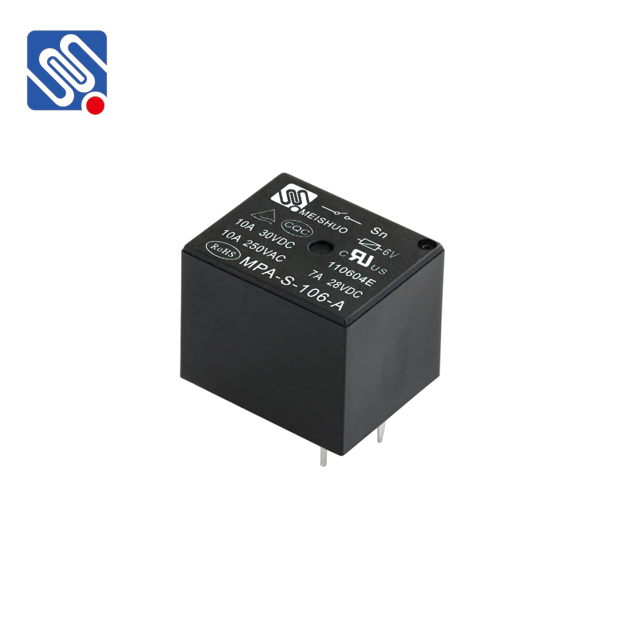understanding relay current rating: importance and considerations
Release time:2025-05-19 00:13:50
Relays are essential components in electrical circuits, functioning as electrically operated switches that control the flow of current. A relay's current rating plays a crucial role in determining its performance and suitability for various applications. In this article, we will explore what relay current rating is, how it impacts relay performance, and the factors to consider when selecting a relay for specific tasks.

What is Relay Current Rating?
Relay current rating refers to the maximum amount of electrical current that a relay can safely handle without causing damage or failure. This rating is typically specified in amperes (A) and is one of the most critical parameters to consider when selecting a relay for an application. Exceeding the current rating can lead to overheating, arcing, and eventual failure of the relay, which can cause significant damage to the circuit and connected components.
Why is Relay Current Rating Important?
Prevention of Overload: The primary function of a relay is to control the flow of current to other parts of the circuit. If a relay is exposed to currents higher than its rated capacity, it could overheat, leading to potential failure or even a fire hazard. By selecting a relay with an appropriate current rating, you ensure that the relay operates within safe limits, preventing overload and ensuring the reliability of the entire system.

